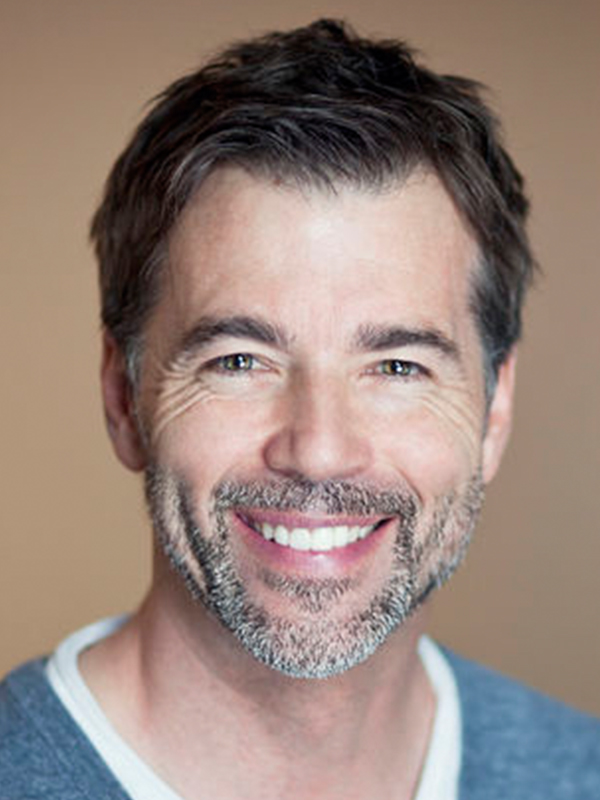Facial Plastic Surgeryhead and neck surgery
Follow us on Instagram @drsamuelmattine
Follow us on Instagram @drsamuelmattine


Click here to read an article by Mr Mattine on Face lift Surgery
There are different types of facelift that can be offered specific to your individual needs. These include
The deep plane facelift is regarded as one of the most reliable and effective methods for facial rejuvenation. This surgical technique focuses on releasing and repositioning the deeper layers of muscle and fat, rather than merely pulling and removing the skin. Because the deeper layers are fibrous and inelastic, as opposed to the highly elastic skin, this approach generally yields superior and more lasting results.
However, traditional deep-plane facelifts often show improvement, primarily in the lower face and neck areas. They have minimal impact on age-related midface issues, such as tissue sagging and volume loss. These issues can be seen as a lack of prominence in the cheeks, a sunken appearance below the eyes, and prominent nasolabial folds (the deep creases that extend from the outer nostrils to the corners of the mouth).
Achieving optimal results in facelift surgery hinges on the meticulous and intricate release of the facial ligaments that restrict the lifting of deeper layers. One crucial ligament, the zygomatic ligament in the cheek, plays a significant role in holding down sagging cheeks. If this ligament is not released, the repositioning of the displaced soft tissue in the malar area and beneath the eyes may fail. Releasing this ligament is a nuanced aspect of the deep plane facelift technique, requiring a thorough understanding of anatomy, extensive experience, and expertise.
With Mr Mattine operating exclusively on the face, he has an in-depth knowledge and understanding of facial anatomy and is recognised as an expert in this area. He has evolved his technique and pioneered many modifications, which he incorporates in his DESIGNER FACELIFT, producing flawless yet natural-looking results with longevity in mind. He has been recognised as an international expert in deep-plane facelifting and is frequently invited to lectures on his adaptations and modifications in facelifts.
Modification 1: Mr Mattine releases the zygomatic ligament and has developed a technique to liberate the malar fat pads. He repositions these fat pads and secures them in a superior position, which helps restore youthful volume to the cheeks and mid-face. This technique improves the nasolabial folds (the creases from the nose to the corners of the mouth) and addresses any hollowness under the lower eyelids by restoring volume lost due to gravitational descent as we age.
Additionally, he can access the buccal fat pads to evaluate and reposition them if necessary. This further enhances volume in the malar/cheek area and elevates the corners of the mouth, addressing features that are considered unattractive due to facial ageing.
Modification 2: Bilaminar Dissection with Different Elevation Vectors – Traditional facelifts typically pull the released tissue more horizontally toward the ears. This approach can create a stretched appearance, often pulling the corners of the mouth and eyes laterally in an unattractive way.
To address this issue, Mr. Mattine has refined his technique to elevate the deep and superficial tissues along different vectors, focusing on a more vertical elevation of the deeper layers. This method helps to prevent the artificial or stretched look commonly associated with traditional facelifts, instead producing a more natural appearance that is considered a hallmark of Mr Mattine’s facelifts.
Modification 3 involves releasing the masseteric and mandibular ligaments that anchor the jowl, allowing for a lift that creates a smooth and defined jawline. This technique also enhances the definition along the jaw angle, which can often appear softened due to the bunching caused by SMAS techniques.
Modification 4: Extended High Technique – This technique provides a more thorough and distal dissection of the SMAS than other methods. It involves extensive undermining of the skin, reaching close to the nose and the corners of the mouth, and lifting the SMAS layer at a higher position. This results in a more comprehensive rejuvenation of the midface compared to traditional techniques, which may not enhance the midface as effectively.
The extended high technique leads to a more pronounced lifting effect on the midface and lower eyelid area. It is particularly suitable for patients experiencing advanced ageing, volume loss, and sagging in the cheeks and lower eyelids. Many patients of Mr. Mattine who underwent facelift surgery initially considered having additional lower eyelid surgery. However, after their facelift surgery with Mr Mattine, they often find that their lower eyelid appearance improvements are so significant that they no longer need this surgery.
Addressing the ageing effect and volume loss in the midface through a facelift has been the specific subject of many of Mr Mattine’s lectures at international meetings.
Modification 5: Volume restoration rather than replacement – Many clinicians traditionally combine facelift surgery with facial fat grafting to restore lost volume associated with facial ageing. However, Mr Mattine believes that fat and soft tissue do not actually disappear; instead, they migrate from their natural positions and descend due to gravitational forces and a loss of support related to facial ageing.
His comprehensive facelift technique addresses age-related sagging of soft tissue and loss of volume by repositioning this tissue, effectively restoring facial volume and contour for a more youthful and vibrant appearance. This is evident in many of his facelift results, which showcase complete facial rejuvenation, particularly in the cheek area and beneath the eyes. Many patients who initially believed they required lower eyelid surgery find it is no longer necessary after the facelift procedure.
Combining Deep Plane Facelift with Deep Plane Neck lifting
Mr. Mattine often combines the facelift procedure with midline platysma tightening in the front of the neck, as well as other procedures, such as direct fat excision under the chin. The specific techniques used will depend on the degree of drooping and heaviness in the anterior neck. This approach effectively addresses excess soft tissue and laxity under the chin, as well as unsightly vertical cords and bands in the neck. By extending rejuvenation to the neck area, this combination provides harmony and balance between the face and neck, resulting in a more comprehensive and complete facial rejuvenation.
Revision Facelift
Mr. Mattine performs a significant number of secondary or revision facelifts for patients who have experienced unsatisfactory results from their initial surgeries. Since most of these patients have previously undergone an SMAS procedure, he employs the deep plane facelift technique in revision cases to avoid unnatural outcomes. He is widely recognised for his ability to restore a soft, natural appearance.
If you’re interested in face lift surgery or wish to book a no-obligation consultation at one of our many clinics in Birmingham, Manchester, London, Leicester and beyond, visit our contact page.